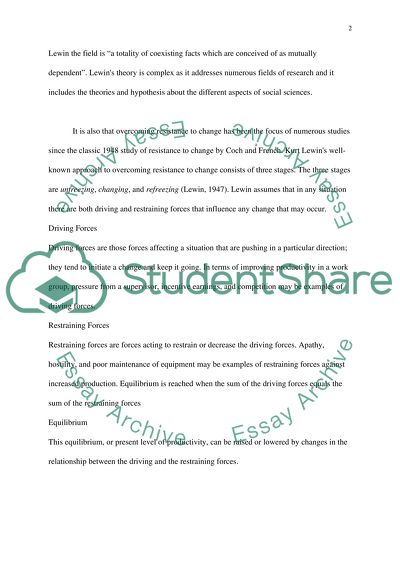Cite this document
(“Change Theory - model- Lewin Kurt 's Field theory Essay”, n.d.)
Retrieved from https://studentshare.org/psychology/1505961-change-theory-model-lewin-kurt-s-field-theory
Retrieved from https://studentshare.org/psychology/1505961-change-theory-model-lewin-kurt-s-field-theory
(Change Theory - Model- Lewin Kurt 'S Field Theory Essay)
https://studentshare.org/psychology/1505961-change-theory-model-lewin-kurt-s-field-theory.
https://studentshare.org/psychology/1505961-change-theory-model-lewin-kurt-s-field-theory.
“Change Theory - Model- Lewin Kurt 'S Field Theory Essay”, n.d. https://studentshare.org/psychology/1505961-change-theory-model-lewin-kurt-s-field-theory.


